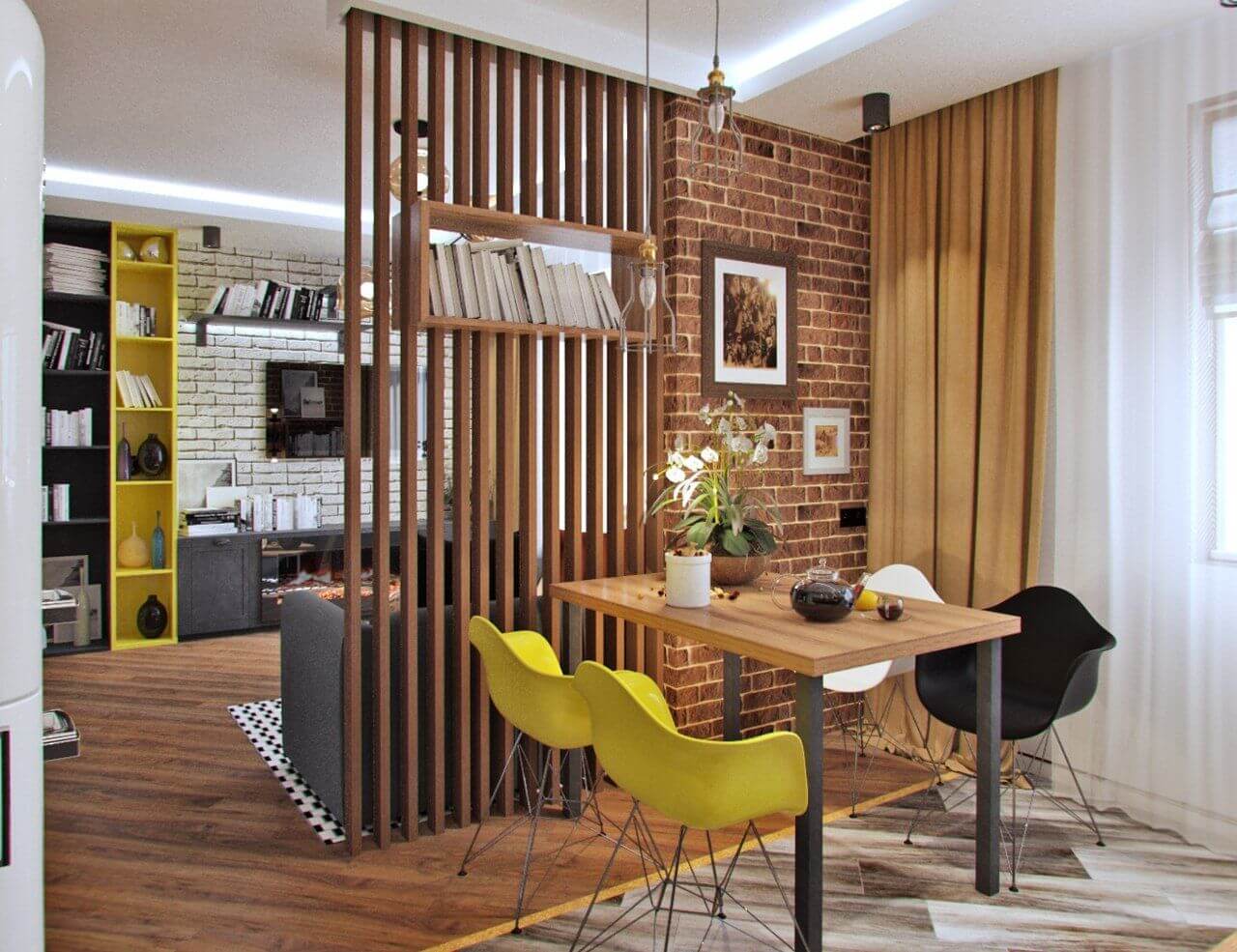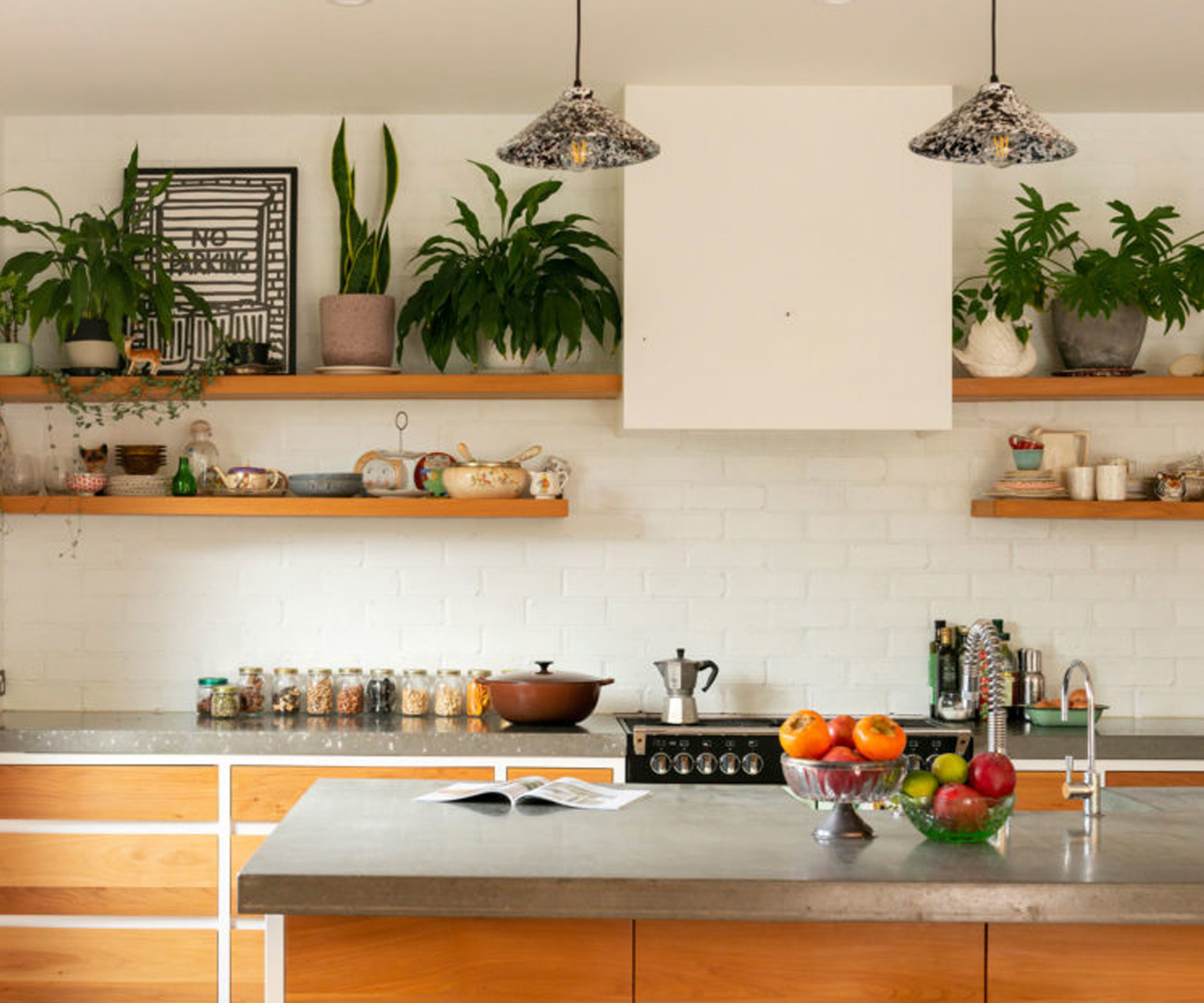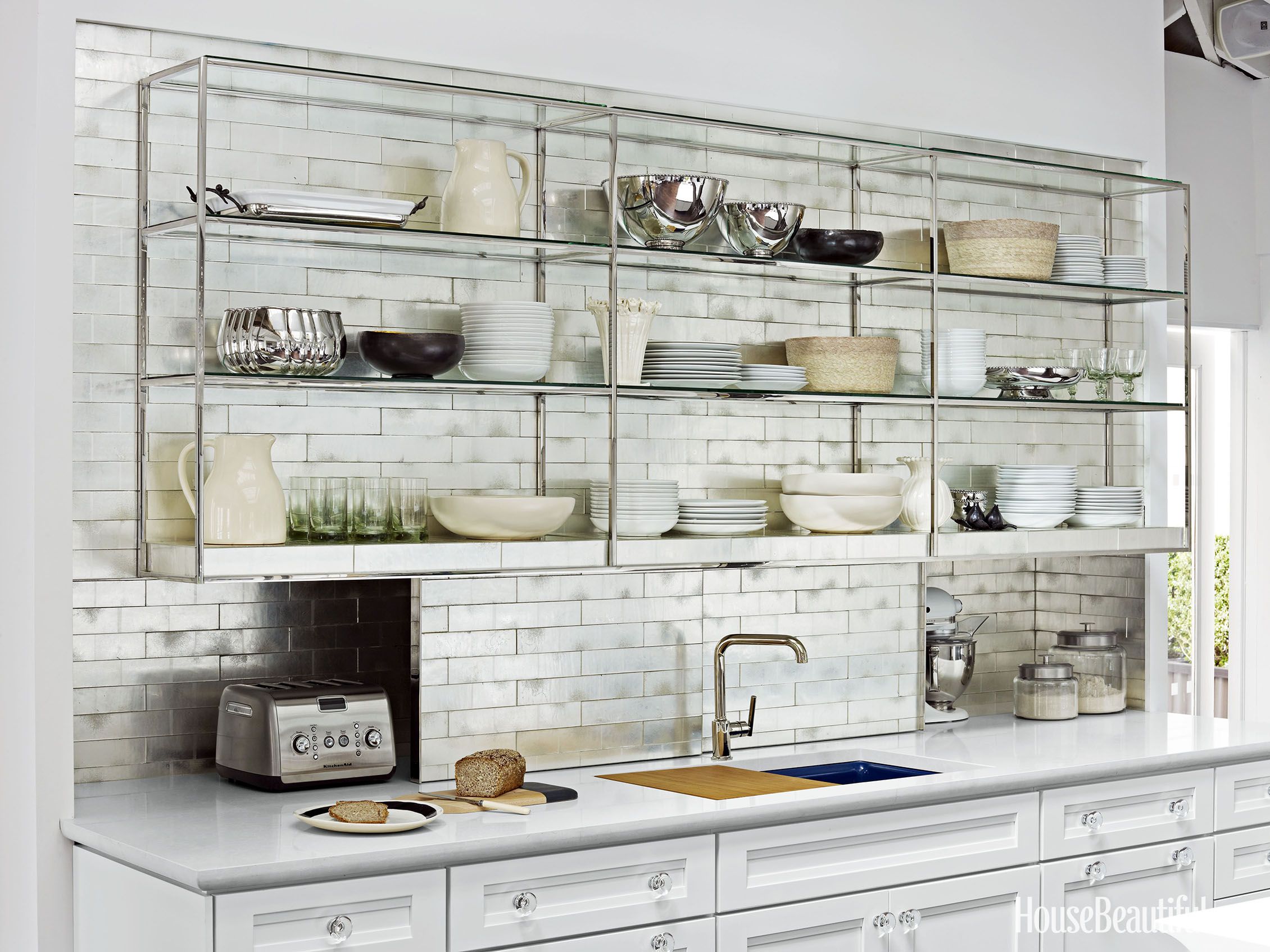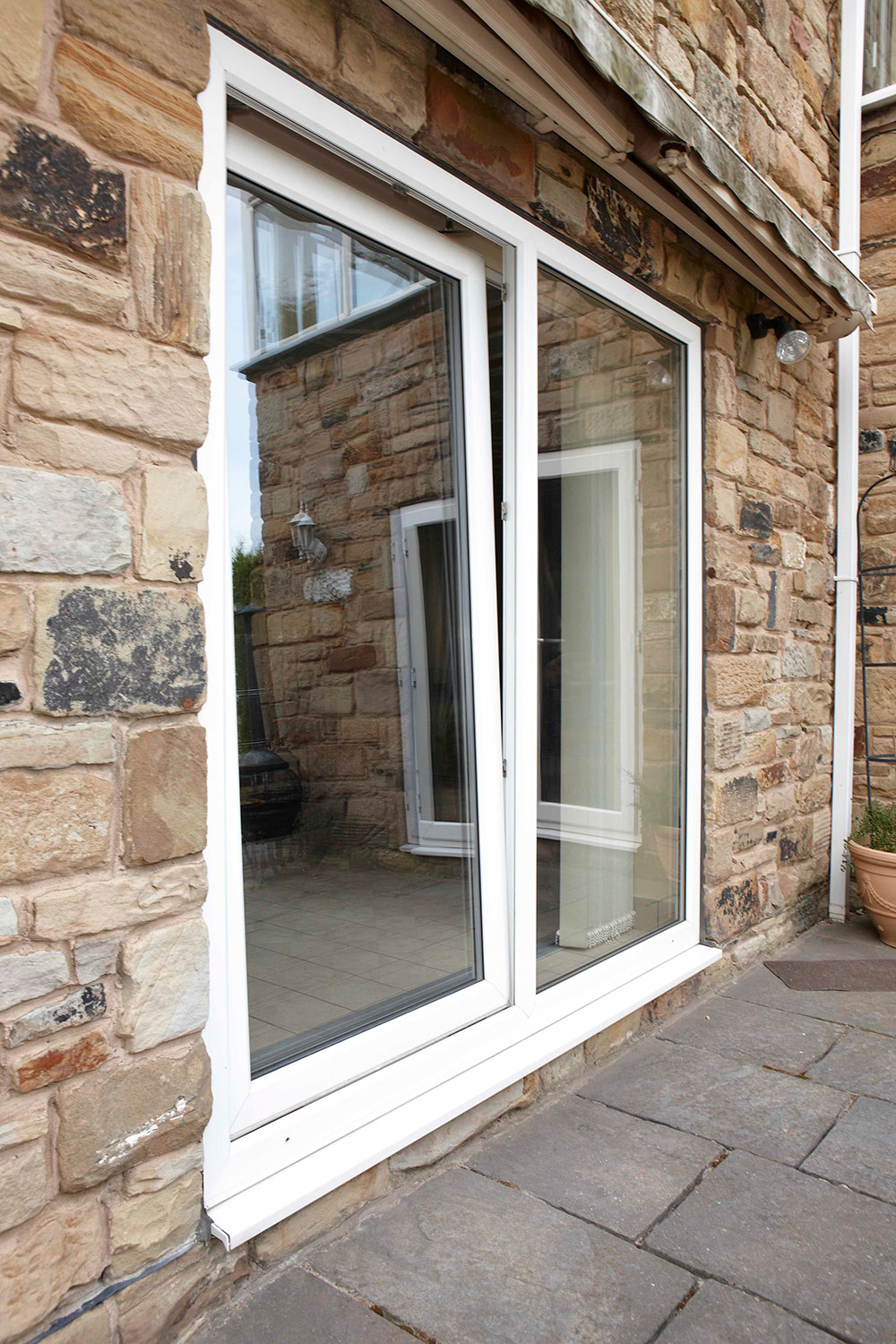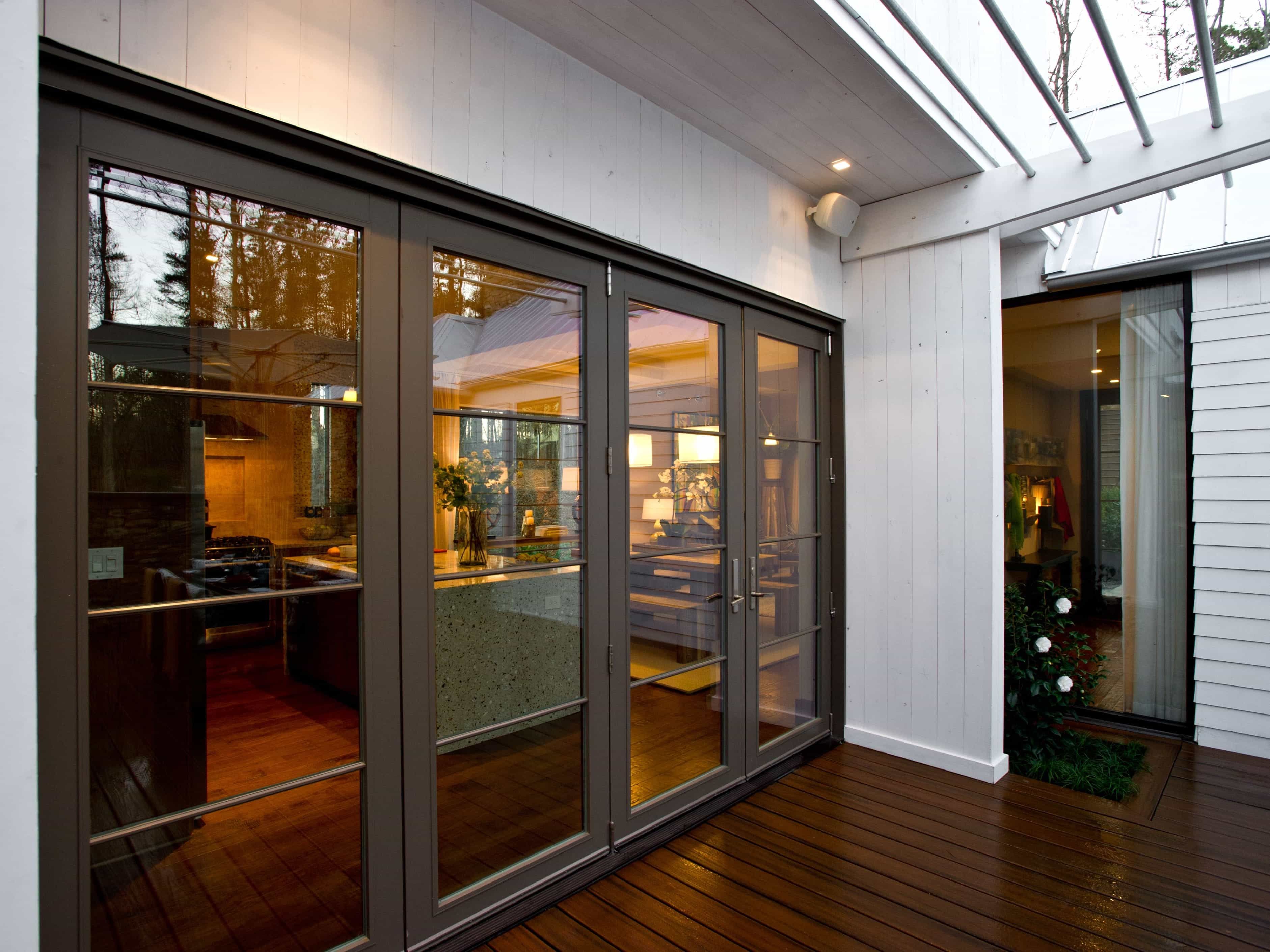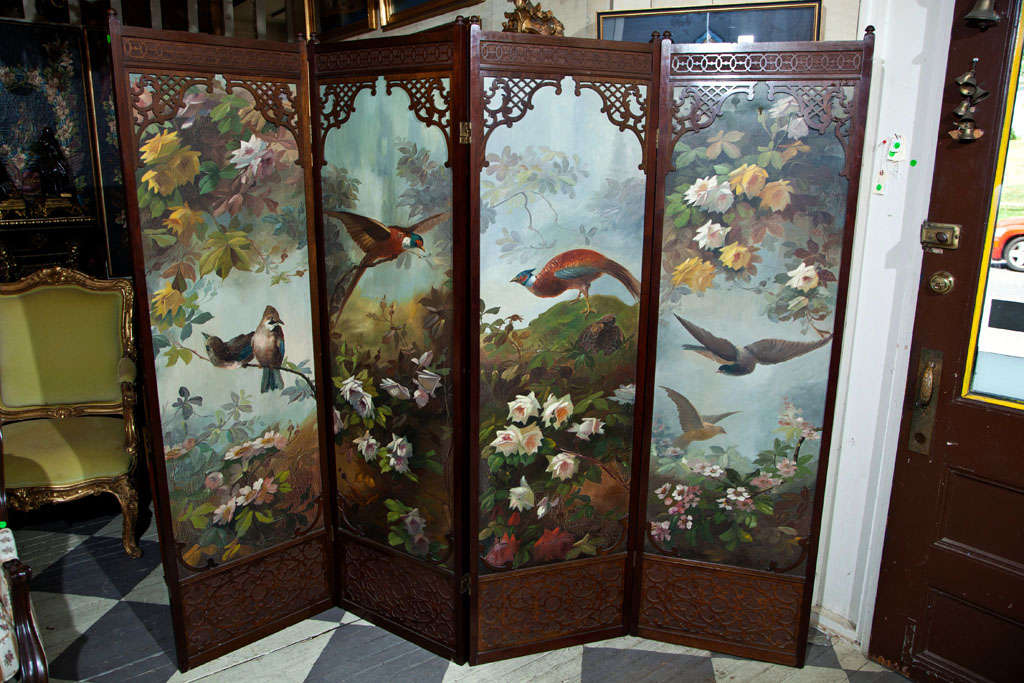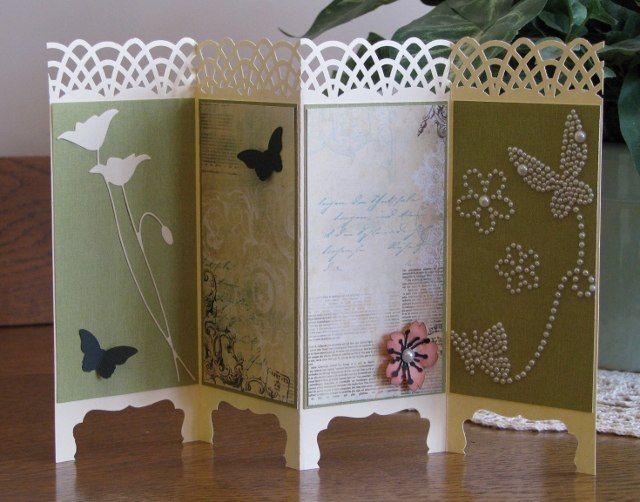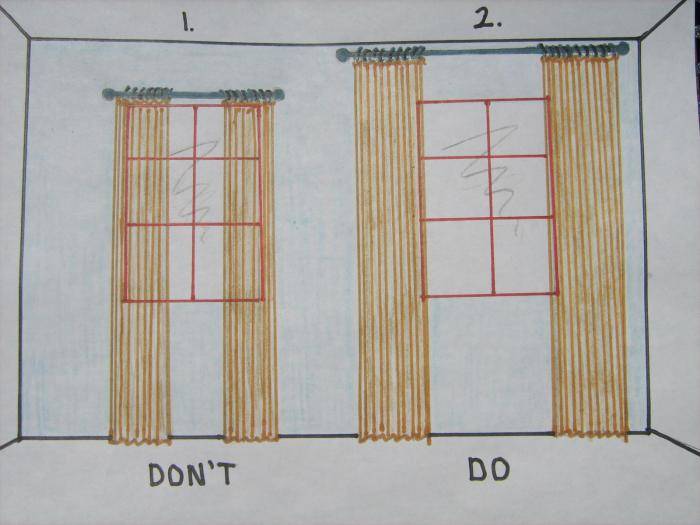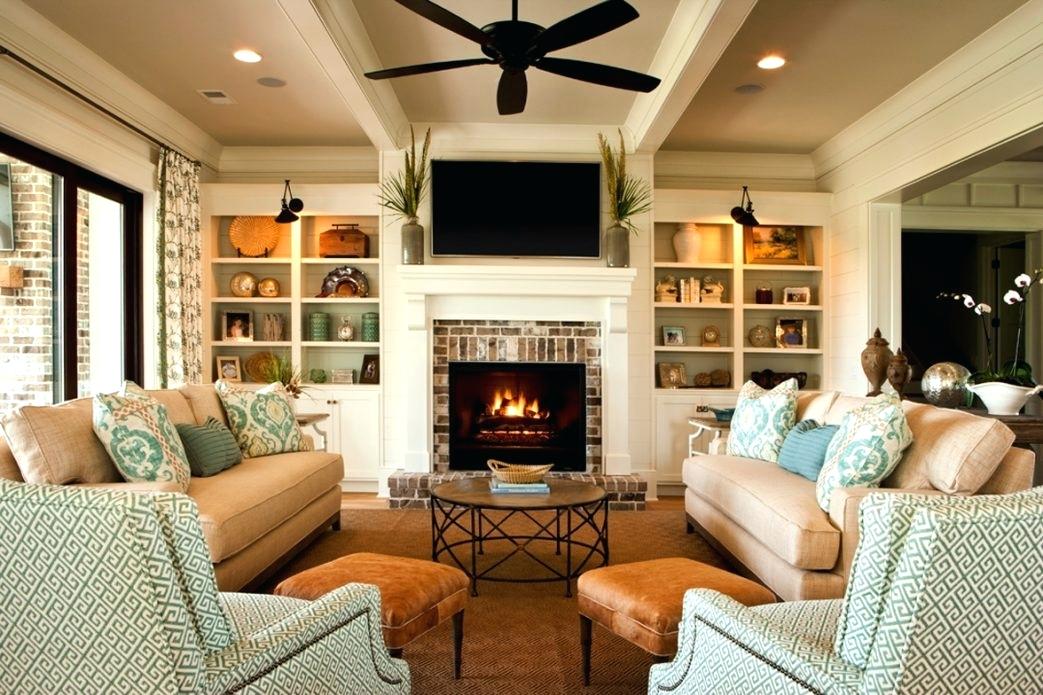When it comes to dividing space in a living room, a room divider is one of the most popular options. Not only does it create a physical separation between different areas of the room, but it can also add visual interest and style. From folding screens to built-in dividers, there are plenty of options to choose from. Plus, many room dividers can also serve as storage solutions, making them a practical choice for small living rooms. Room divider
A partition wall is a more permanent solution for dividing a living room. This can be a great option for open-concept homes where you want to create separate spaces without losing the open feel. Partition walls can be made from various materials such as drywall, wood, or even glass, allowing for natural light to flow through. They can also be customized with shelves, niches, or even a built-in fireplace for added functionality and style. Partition wall
If you want to divide your living room without blocking the flow of light and sight, open shelving is a great option. These shelves can be used to display decorative items, books, or even act as a room divider. The key is to choose a shelving unit that is tall enough to create a visual separation but doesn't feel too bulky in the space. You can also opt for a mix of open and closed shelves for a more dynamic look. Open shelving
If you have a large living room that you want to divide into two separate areas, sliding doors can be a stylish and functional choice. These doors can be left open to create one large space or closed to create two distinct rooms. They also come in various styles and materials, from traditional wooden doors to modern glass panels, allowing you to choose the perfect fit for your living room. Sliding doors
A bookshelf is not only a practical storage solution, but it can also serve as a room divider in a living room. It can be placed horizontally or vertically, depending on the size of the room and the desired division. You can use it to display your book collection, decorative items, or even as a mini bar. Bookshelves also come in various designs and sizes, making it easy to find one that fits your living room's style and needs. Bookshelf
A folding screen is a versatile and portable option for dividing space in a living room. It can be easily moved around and adjusted to create the desired separation. Folding screens also come in a variety of styles, from simple and minimalistic to intricate and decorative. They can be used to add a pop of color or texture to your living room while also serving as a functional divider. Folding screen
An area rug is an unexpected but effective way to divide space in a living room. By placing a large rug in the center of the room, you can create a visual separation between different seating areas. You can also use rugs of different sizes and shapes to create a layered look, adding texture and warmth to your living room. Just make sure to choose a rug that complements your existing decor and ties the different areas together. Area rug
If you want a soft and elegant way to divide your living room, consider hanging curtains. They can be used to create a temporary separation or to hide an unsightly area. Curtains come in various colors, patterns, and fabrics, allowing you to choose the perfect match for your living room. You can also play with different lengths and layers for a more dramatic effect. Hanging curtains
In a small living room, every inch of space counts. That's why built-in storage can be a game-changer when it comes to dividing space. From floor-to-ceiling shelves to under-window benches with hidden storage, built-in solutions can maximize functionality while also creating a physical separation. Plus, they can be customized to fit your living room's specific needs and style. Built-in storage
Lastly, don't underestimate the power of furniture placement when it comes to dividing space in a living room. By strategically placing larger pieces of furniture, such as a sofa or a bookshelf, you can create a clear division between different areas. You can also use smaller furniture pieces, like a side table or a plant stand, to create smaller zones within the living room. Just make sure to leave enough room for movement and flow. Furniture placement
Maximizing Space in Your Living Room with Smart Dividing Techniques

The Importance of Space in Design
 When it comes to designing your living room, one of the most crucial elements to consider is space. A well-designed living room allows for comfortable movement and promotes a sense of openness and flow. However, many homeowners struggle with making the most of their living room space, especially in smaller homes or apartments. This is where smart dividing techniques can come in handy.
When it comes to designing your living room, one of the most crucial elements to consider is space. A well-designed living room allows for comfortable movement and promotes a sense of openness and flow. However, many homeowners struggle with making the most of their living room space, especially in smaller homes or apartments. This is where smart dividing techniques can come in handy.
Dividing Space for Functionality
 One of the main purposes of dividing space in your living room is to create defined areas for different functions. This is especially useful in open-concept layouts, where the living room may also serve as a dining area or home office. By using
furniture
and
decor
to create distinct zones, you can effectively maximize the functionality of your living room without sacrificing space.
One of the main purposes of dividing space in your living room is to create defined areas for different functions. This is especially useful in open-concept layouts, where the living room may also serve as a dining area or home office. By using
furniture
and
decor
to create distinct zones, you can effectively maximize the functionality of your living room without sacrificing space.
Using Furniture as Dividers
 Strategic placement of
furniture
can serve as a natural divider in your living room. For example, a
sofa
or
bookshelf
can be used to separate the living area from a home office space. You can also use a
rug
to define a specific area, such as a reading nook or conversation corner. Not only do these
furniture
pieces create visual boundaries, but they also add to the overall aesthetic of your living room.
Strategic placement of
furniture
can serve as a natural divider in your living room. For example, a
sofa
or
bookshelf
can be used to separate the living area from a home office space. You can also use a
rug
to define a specific area, such as a reading nook or conversation corner. Not only do these
furniture
pieces create visual boundaries, but they also add to the overall aesthetic of your living room.
Utilizing Decorative Elements
/Roomdivider-GettyImages-1130430856-40a5514b6caa41d19185ef69d2e471e1.jpg) In addition to
furniture
, incorporating
decorative elements
is another effective way to divide space in your living room. This can include
curtains
,
room dividers
, or even
plants
. These elements not only add visual interest but also provide a sense of privacy and separation between different areas. For example, a
curtain
can be used to hide a home
office
space when not in use, while a
room divider
can create a separate dining area within an open-concept living room.
In addition to
furniture
, incorporating
decorative elements
is another effective way to divide space in your living room. This can include
curtains
,
room dividers
, or even
plants
. These elements not only add visual interest but also provide a sense of privacy and separation between different areas. For example, a
curtain
can be used to hide a home
office
space when not in use, while a
room divider
can create a separate dining area within an open-concept living room.
Maximizing Space with Multi-functional Pieces
 When working with limited space, it is essential to choose
furniture
and
decor
that serve multiple purposes. This not only saves space but also adds versatility to your living room design. For example, a
coffee table
with storage can be used as a
footrest
, additional seating, and a place to store
books
and
magazines
. A
bookshelf
can also double as a room divider while providing storage space for
decor
items and
books
.
When working with limited space, it is essential to choose
furniture
and
decor
that serve multiple purposes. This not only saves space but also adds versatility to your living room design. For example, a
coffee table
with storage can be used as a
footrest
, additional seating, and a place to store
books
and
magazines
. A
bookshelf
can also double as a room divider while providing storage space for
decor
items and
books
.
Conclusion
 In conclusion, dividing space in your living room is a smart and practical way to maximize the functionality of your space. By using a combination of
furniture
,
decorative elements
, and multi-functional pieces, you can create distinct areas for different functions while maintaining an open and inviting atmosphere. So, don't let limited space hold you back from designing the living room of your dreams. With these smart dividing techniques, you can make the most of every inch of your living room.
In conclusion, dividing space in your living room is a smart and practical way to maximize the functionality of your space. By using a combination of
furniture
,
decorative elements
, and multi-functional pieces, you can create distinct areas for different functions while maintaining an open and inviting atmosphere. So, don't let limited space hold you back from designing the living room of your dreams. With these smart dividing techniques, you can make the most of every inch of your living room.



